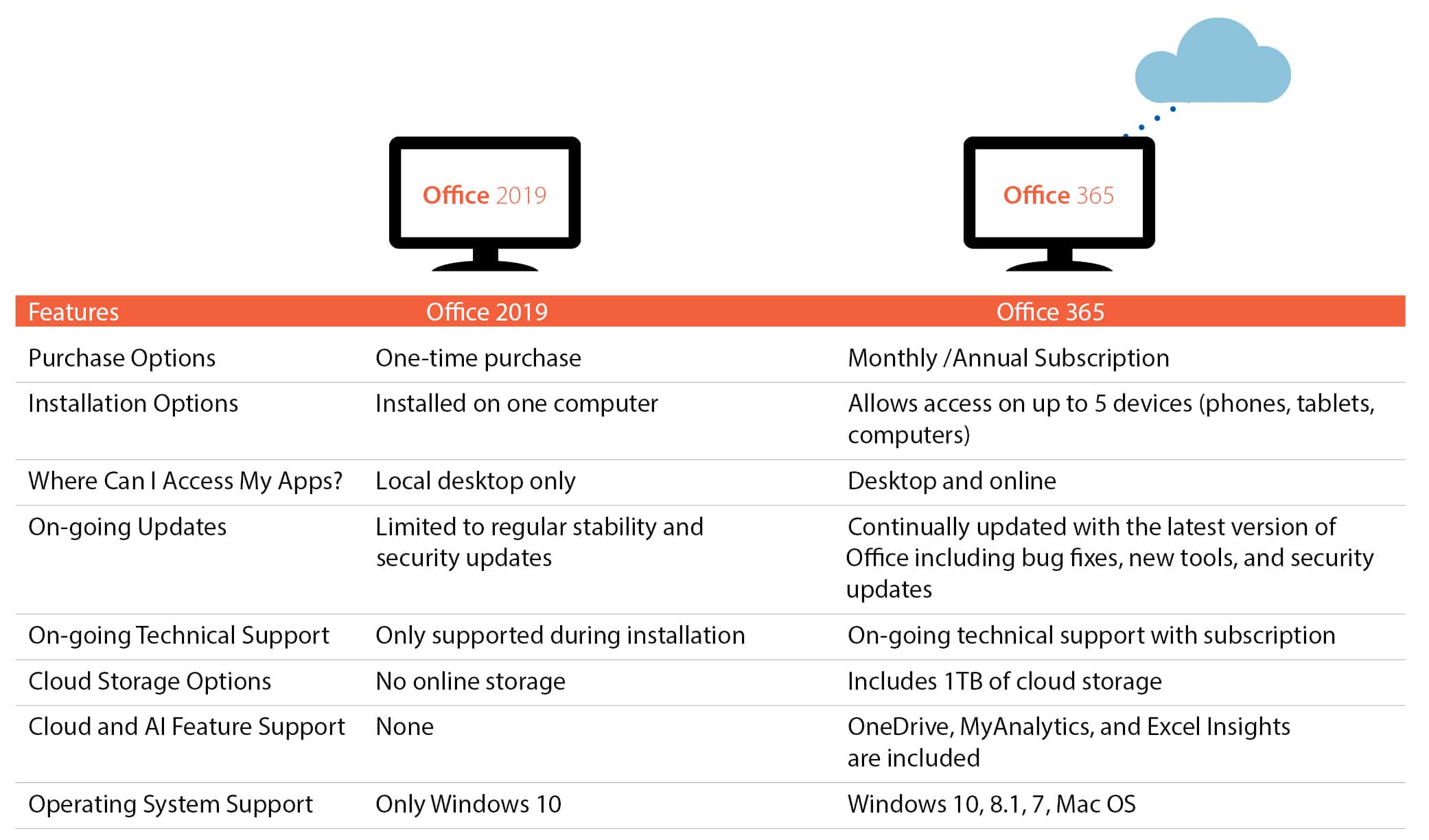Phishing attacks are no joke, especially for business owners. Phishing is when a criminal pretends to be a reputable company to trick you into revealing personal information. This is usually done through emails, and they’re usually after passwords.
To prevent your business from falling victim to a phishing attack, you have to prepare your employees to combat it. With that in mind, here are four ways to go about that.
Check for Grammar Mistakes
Even though American businesses are usually targeted for phishing, the attacks originate from overseas. That means that English might not be the hacker’s first language. Tell your employees to keep this in mind as they look over any suspicious emails. If it contains misspelled words, poor punctuation, or awkward phrasing, it may be a phishing attempt.
Phishing Scams Will Claim to Be Urgent
Phishing emails always want you to act as quickly as possible. They’ll tell you that an issue involving your credit card or password needs to be resolved immediately. If you or your staff read an email like that, take a second to analyze it. Then, remember that a reputable company probably wouldn’t try to rush you.
Be Cautious When it Comes to Phishing on Mobile Devices
Mobile devices aren’t as secure as desktops. Thus, that’s why they’re far more likely to be targeted. Communication apps like Skype, Slack, and Facebook Messenger are especially vulnerable. Additionally, tell your employees to ignore any suspicious messages received on their phones.
Have Good Dental Hygiene
Make sure your employees have good digital hygiene. They shouldn’t be posting any information on social media that hackers can use. These guys are used to utilizing tiny bits of information to amass gigantic attacks. However, if they don’t have that, they’ll be forced to try phishing anonymously. Those attacks are easier to defend against.
For more advice on combating attacks, contact us today. We offer specialized IT services to help your business succeed.





